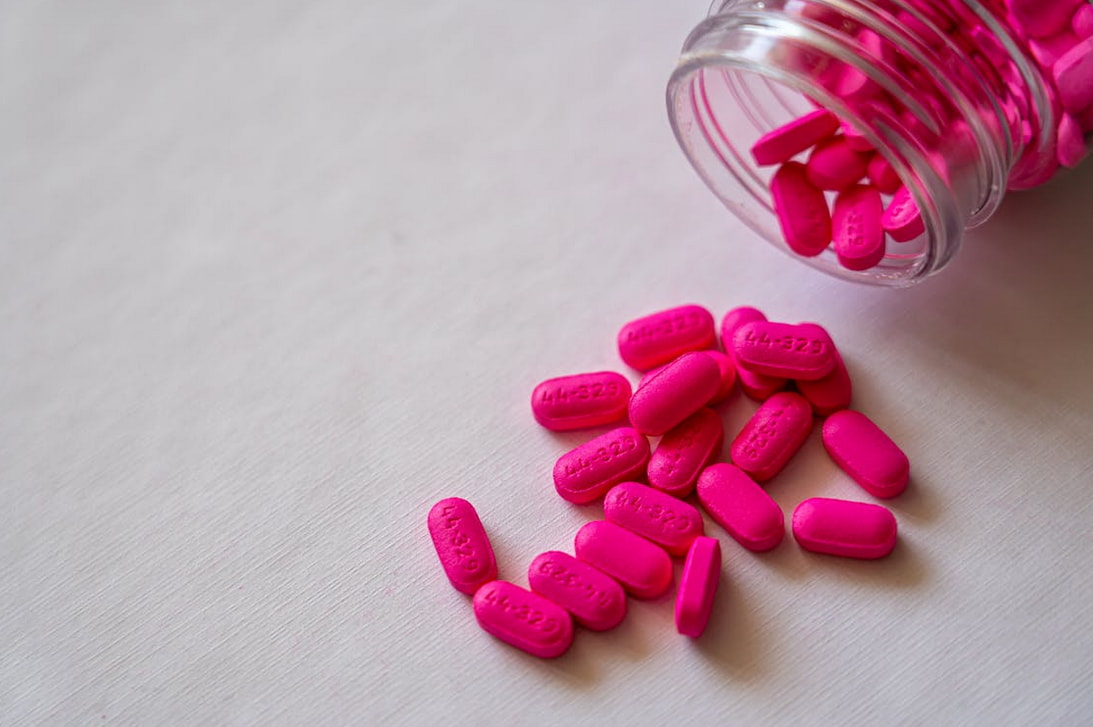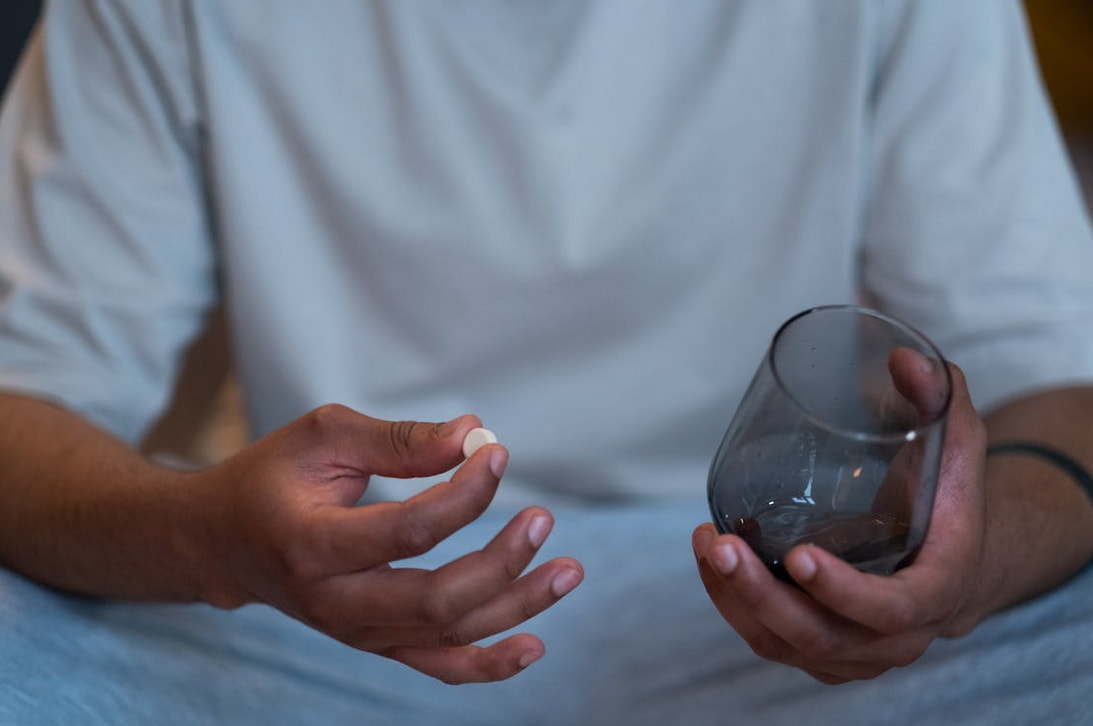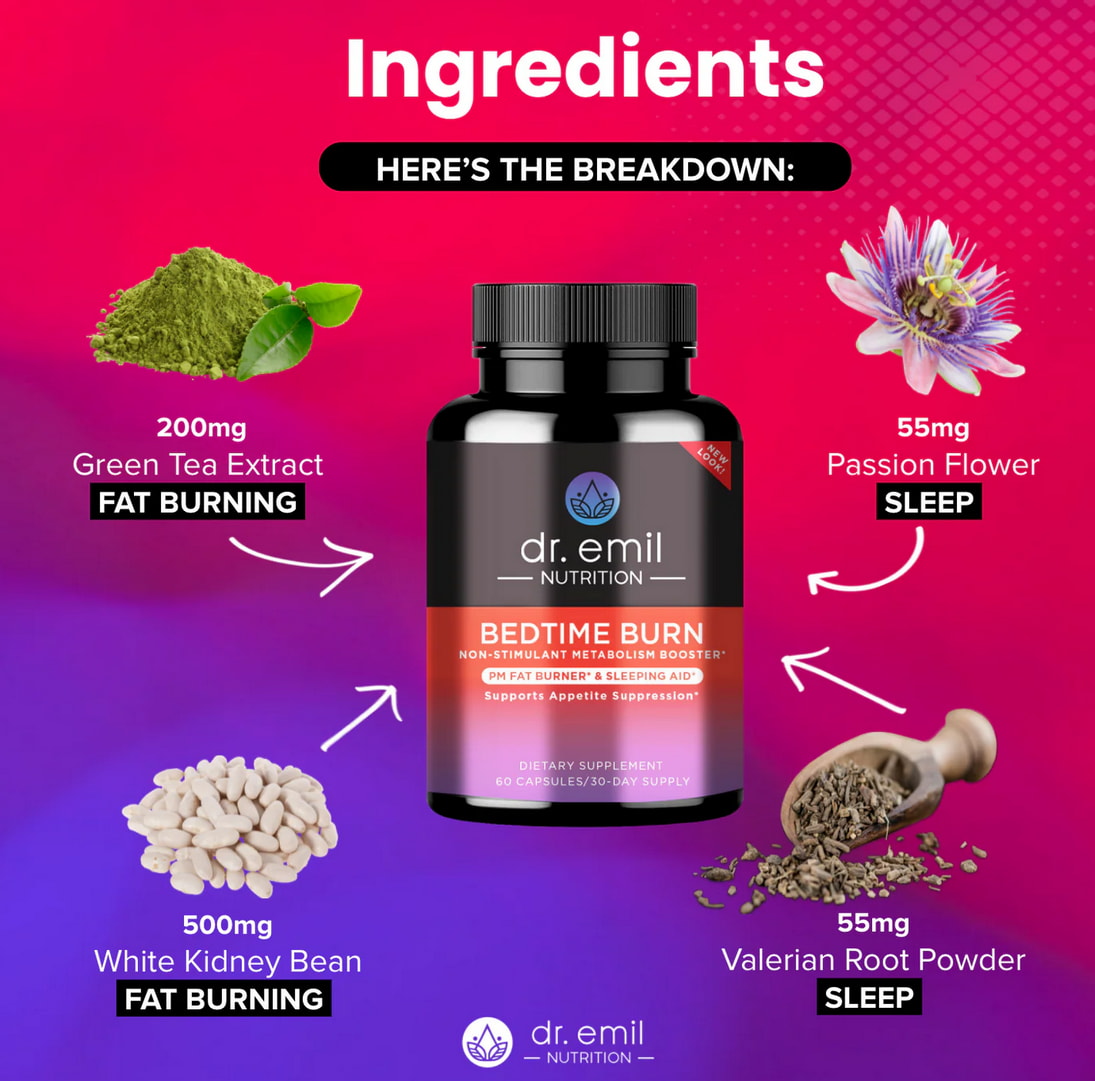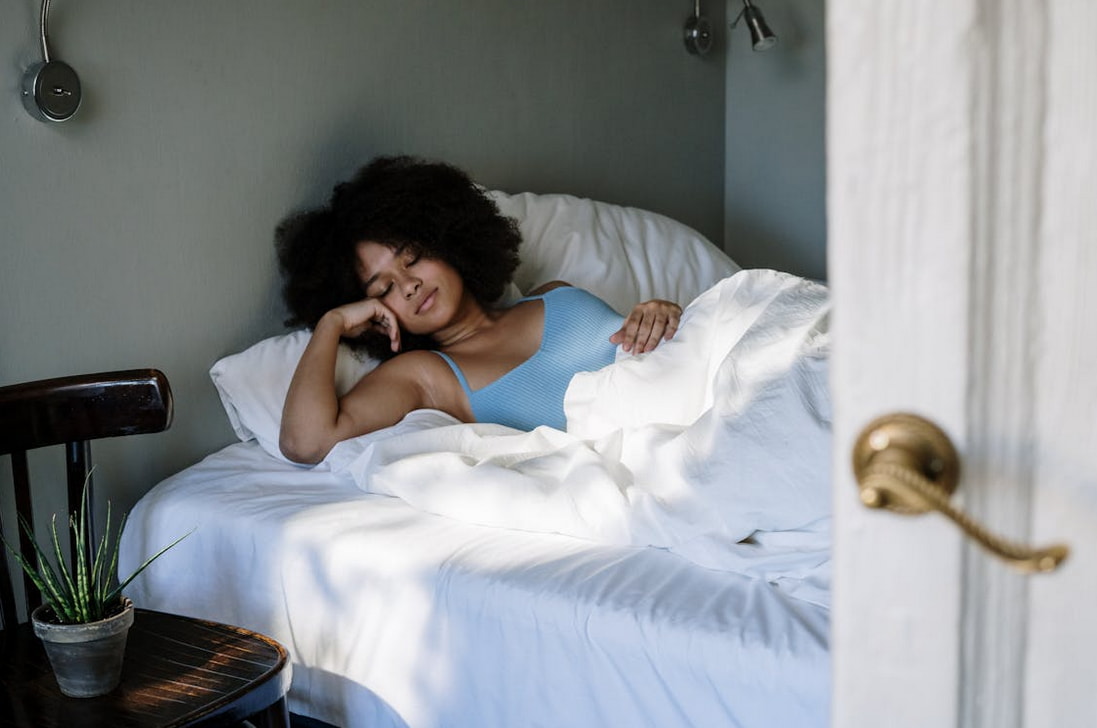Sleep difficulties affect millions of people worldwide, leading many to seek relief through various over-the-counter options. Two of the most commonly used sleep aids are melatonin, a natural hormone supplement, and Benadryl (diphenhydramine), an antihistamine with sedating properties. As people struggle with persistent insomnia or occasional sleeplessness, some wonder whether combining these readily available medications might provide enhanced sleep benefits. However, mixing sleep aids without proper medical guidance can pose significant risks and potentially dangerous side effects. This comprehensive guide examines the safety profile of combining melatonin and Benadryl, explores the mechanisms of action for each substance, identifies who should avoid this combination, and provides safer alternatives for achieving restful sleep. Understanding these interactions is crucial for making informed decisions about sleep aid usage and protecting your health while seeking better rest.
Understanding Melatonin: The Natural Sleep Hormone
Melatonin serves as the body's primary sleep-regulating hormone, produced naturally by the pineal gland in response to darkness. This remarkable substance orchestrates our circadian rhythms by signaling when it's time to prepare for sleep and when to remain alert. Unlike sedative medications that force drowsiness, melatonin works by gently reinforcing the body's natural sleep-wake cycle.
The hormone's production follows a predictable pattern, rising in the evening as light diminishes and falling in the morning with daylight exposure. This natural rhythm can be disrupted by factors such as shift work, jet lag, artificial light exposure, or age-related changes in hormone production. Synthetic melatonin supplements aim to restore this balance by providing external hormone support when natural production proves insufficient.
Melatonin supplements typically range from 0.5mg to 10mg, though research suggests lower doses are often more effective than higher ones. The supplement begins working within 30-60 minutes of ingestion, with effects lasting approximately 4-8 hours depending on the formulation and individual metabolism. Unlike prescription sleep medications, melatonin doesn't create dependency or tolerance when used appropriately, making it an attractive option for those seeking natural sleep support.
The hormone works by binding to specific MT1 and MT2 receptors in the brain, particularly in areas responsible for sleep regulation. This binding process reduces neural activity, lowers core body temperature, and decreases alertness, all physiological changes that naturally occur as the body prepares for sleep. However, melatonin's effectiveness varies significantly between individuals based on factors such as age, natural hormone levels, and specific sleep disorders.
Understanding Benadryl: Antihistamine with Sedating Effects

Benadryl, containing the active ingredient diphenhydramine, belongs to a class of medications called first-generation antihistamines. Originally developed to treat allergic reactions, hay fever, and other histamine-mediated conditions, Benadryl's sedating side effects led to its widespread off-label use as a sleep aid. While effective for many people, using antihistamines for sleep carries important considerations and potential risks.
Diphenhydramine works by blocking histamine receptors in the brain, which normally help maintain wakefulness and alertness. By inhibiting these receptors, Benadryl creates drowsiness and can help initiate sleep. However, this mechanism differs significantly from natural sleep processes, essentially forcing sedation rather than supporting the body's natural sleep mechanisms.
The medication typically takes 30-60 minutes to produce drowsiness, with effects lasting 6-8 hours in most adults. However, diphenhydramine has a relatively long half-life, meaning it can remain in the system for up to 12 hours or longer, particularly in elderly individuals whose metabolism may be slower. This extended presence often leads to morning grogginess, cognitive impairment, and daytime drowsiness that can interfere with daily functioning.
Standard over-the-counter sleep formulations contain 25-50mg of diphenhydramine, doses that can produce significant sedation in most adults. However, the body quickly develops tolerance to antihistamines' sedating effects, often requiring higher doses to achieve the same sleep-inducing results. This tolerance development, combined with potential for dependence and various side effects, makes Benadryl less ideal for long-term sleep management compared to other approaches.
Can You Take Melatonin and Benadryl Together?
The combination of melatonin and Benadryl depicts a complex interaction that requires careful consideration and, ideally, medical supervision. While no absolute contraindication prevents their concurrent use, combining these substances can cause enhanced sedation that may be excessive or potentially dangerous for some individuals.
From a pharmacological standpoint, melatonin and diphenhydramine work through different mechanisms and don't directly interact at the cellular level. Melatonin influences sleep through hormone receptors and circadian rhythm regulation, while Benadryl creates sedation through histamine receptor blockade. This difference means they don't chemically interfere with each other's metabolism or elimination from the body.

However, their combined effects can be significantly more powerful than either substance alone. The additive sedation can lead to profound drowsiness that extends well into the following day, impacting cognitive function, coordination, and reaction times. This enhanced effect is particularly concerning for individuals who need to drive, operate machinery, or perform tasks requiring mental clarity.
Medical professionals generally discourage combining sleep aids without supervision, especially in vulnerable populations such as elderly individuals, those with breathing difficulties, or people taking other medications. The enhanced sedation can increase fall risk, worsen sleep apnea symptoms, and potentially interact with other medications in unpredictable ways.
Some healthcare providers may approve this combination for short-term use in specific circumstances, such as severe insomnia that hasn't responded to individual treatments. However, such decisions should always involve professional medical judgment, considering the individual's overall health status, other medications, and specific sleep disorder characteristics.
Risks and Side Effects of Combining Melatonin and Benadryl
Combining melatonin and Benadryl can produce a range of side effects that extend beyond simple drowsiness, creating potentially serious health and safety concerns that users must understand before considering this combination.
Enhanced sedation is the most immediate and noticeable effect of combining these substances. While both can cause drowsiness individually, their combined impact often produces excessive sleepiness that can be difficult to overcome even when waking is necessary. This profound sedation can last well into the following day, creating what many describe as a severe "hangover" effect that impairs normal functioning.
Cognitive impairment becomes significantly more pronounced when these substances are combined. Users frequently report difficulty with memory formation, concentration problems, confusion, and slowed thinking processes. These cognitive effects can persist for 12-24 hours after ingestion, potentially affecting work performance, academic activities, and daily decision-making capabilities.

Motor coordination and balance problems increase substantially with the combination, raising serious concerns about fall risk, particularly in elderly individuals. The sedating effects can impair muscle coordination, slow reaction times, and affect spatial awareness, making activities like walking, climbing stairs, or navigating in darkness potentially dangerous.
Respiratory depression, while rare, poses a serious potential complication, especially for individuals with underlying breathing disorders such as sleep apnea, COPD, or other respiratory conditions. The combined sedating effects can reduce respiratory drive, potentially leading to dangerous drops in blood oxygen levels during sleep.
Gastrointestinal effects may include nausea, dry mouth, constipation, and stomach upset. These symptoms often worsen with the combination and can persist into the following day. Additionally, urinary retention can occur, particularly problematic for elderly men with prostate issues.
Paradoxical reactions, though uncommon, can occur where individuals experience agitation, restlessness, or increased anxiety instead of sedation. This reaction is more likely in children, elderly individuals, or those with certain psychiatric conditions.
Who Should Avoid This Combination
Certain populations face significantly higher risks when combining melatonin and Benadryl, and should generally avoid this practice without explicit medical supervision and approval.
Elderly adults represent the highest-risk group for adverse effects from this combination. Age-related changes in metabolism mean both substances remain in their systems longer, increasing the likelihood and severity of side effects. The enhanced fall risk is particularly concerning in this population, where fractures from falls can have severe consequences. Additionally, elderly individuals are more likely to be taking other medications that could interact with either substance.
Children and adolescents should generally avoid this combination due to increased sensitivity to both substances and potential impacts on natural sleep development. Young people's developing brains may be more susceptible to cognitive impairment, and the long-term effects of regular combination use remain unknown. Pediatric dosing for either substance requires careful medical supervision, making combination use even more complex.

Individuals with sleep apnea or other breathing disorders face serious risks from the combined respiratory depressant effects. Even mild respiratory depression can worsen existing breathing problems during sleep, potentially leading to dangerous oxygen desaturation. Those with COPD, asthma, or other respiratory conditions should consult healthcare providers before using either substance individually, let alone in combination.
Pregnant and breastfeeding women should avoid this combination due to potential effects on fetal development and infant safety. While melatonin research in pregnancy remains limited, diphenhydramine can cross the placenta and enter breast milk, potentially affecting the developing baby.
People with certain medical conditions including glaucoma, enlarged prostate, heart conditions, liver disease, or kidney problems may experience worsened symptoms or dangerous complications from this combination. The anticholinergic effects of diphenhydramine can be particularly problematic for individuals with these conditions.
Those taking multiple medications face increased interaction risks. Both substances can interact with various prescription medications, and combining them may create unpredictable effects when mixed with other treatments.
Safer Alternatives for Better Sleep
Rather than combining potentially risky sleep aids, numerous safer approaches can help achieve restful sleep without the dangers associated with medication combinations. Sleep hygiene is the foundation of healthy sleep and often proves more effective than medications for long-term sleep improvement. Establishing consistent sleep and wake times, even on weekends, helps regulate circadian rhythms naturally. Creating an optimal sleep environment through darkness, cool temperatures, and minimal noise provides conditions conducive to quality rest.
- Limiting screen time and blue light exposure in the evening allows natural melatonin production to proceed normally. Using blue light filtering glasses or applications, or simply avoiding electronic devices for 1-2 hours before bedtime, can significantly improve sleep onset.
- Natural relaxation techniques such as progressive muscle relaxation, deep breathing exercises, or meditation can help calm an active mind and prepare the body for sleep. These approaches address the underlying stress and anxiety that often contribute to sleep difficulties.

- Individual sleep aids, used appropriately, may be safer than combinations. Low-dose melatonin (0.5-1mg) taken 30-60 minutes before bedtime can help regulate sleep cycles with minimal side effects. If antihistamine use is necessary, limiting it to occasional use and avoiding tolerance development through regular breaks can minimize risks.
- Herbal remedies like valerian root, chamomile, passionflower, or lavender offer gentler alternatives with fewer side effects than pharmaceutical options. While research on these herbs varies, many people find them helpful for occasional sleep difficulties.
- Lifestyle modifications including regular exercise (completed at least 4 hours before bedtime), stress management techniques, and dietary adjustments can address underlying causes of sleep problems rather than just masking symptoms.
Dr. Emil's Safe Sleep Solutions
For those seeking safer alternatives to combining sleep aids, professionally formulated supplements offer comprehensive sleep support without the risks associated with mixing medications. Dr. Emil Nutrition provides science-backed solutions that address multiple aspects of sleep difficulty through carefully balanced, non-habit-forming formulations designed by medical professionals.
EZ Doze Plus

EZ Doze Plus is a thoughtfully engineered approach to natural sleep enhancement, featuring 2mg of melatonin combined with synergistic ingredients including GABA, 5-HTP, St. John's Wort, and L-Theanine. This doctor-formulated blend addresses multiple pathways to sleep without creating dependency or morning grogginess commonly associated with over-the-counter sleep medications. The time-released capsule design ensures sustained ingredient delivery throughout the night, while a B12 component supports morning alertness and cognitive function. This comprehensive formula eliminates the need to combine multiple sleep aids by providing effective, fast-acting support that calms both mind and body while promoting natural sleep cycles.
Bedtime Burn

Bedtime Burn offers an innovative approach that combines sleep support with metabolic enhancement, creating a stimulant-free formula that promotes restful sleep while supporting overnight fat burning and appetite control. This unique blend addresses the common challenge of nighttime cravings while ensuring quality sleep through carefully selected calming ingredients. The science-backed formulation provides metabolic benefits without the jitters, nausea, or sleep disruption typically associated with traditional fat burners. Manufactured in certified GMP facilities using all-natural ingredients free from harmful additives, hormones, GMOs, gluten, and dairy, Bedtime Burn demonstrates how advanced supplement science can address multiple health goals simultaneously without compromising safety or sleep quality.

While both melatonin and Benadryl can be effective sleep aids when used individually and appropriately, combining them creates unnecessary risks that often outweigh potential benefits. The enhanced sedation, cognitive impairment, and safety concerns associated with this combination make it inadvisable for most people, particularly vulnerable populations like the elderly, children, and those with medical conditions.
Safer approaches to sleep improvement focus on addressing underlying causes through sleep hygiene, lifestyle modifications, and appropriate use of individual sleep aids when necessary. For those struggling with persistent sleep problems, professional medical evaluation can identify specific issues and provide targeted, safer treatment approaches.
Remember that quality sleep is essential for overall health, but the methods used to achieve it shouldn't create additional health risks. When in doubt, consulting with healthcare providers ensures that sleep improvement efforts support rather than compromise overall well-being.






